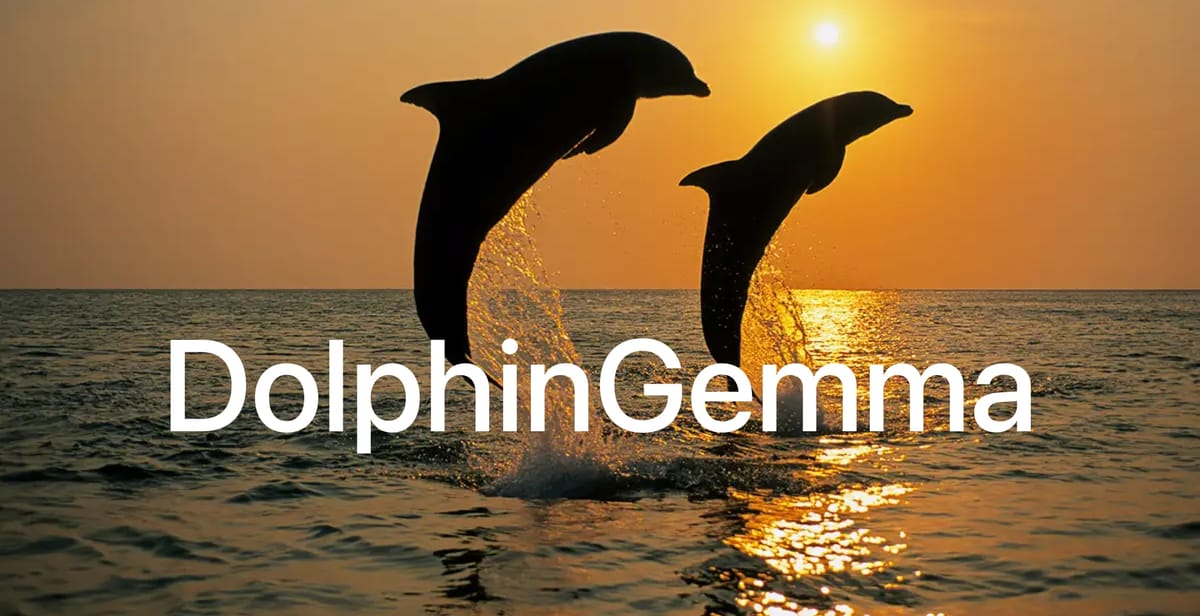
Google, in collaboration with Georgia Tech and the Wild Dolphin Project, has announced DolphinGemma, an AI model designed to analyze and generate dolphin vocalizations. With about 400 million parameters, the model is compact enough to run on Google Pixel phones used in ocean fieldwork, allowing researchers to process dolphin sounds in real-time.
Key Points:
- The 400M parameter model runs directly on Pixel phones for real-time field analysis
- Developed with the Wild Dolphin Project's decades of research data
- Will be released as an open model this summer for broader cetacean research
DolphinGemma builds on Google’s lightweight Gemma model family, optimized for on-device use. It was trained on an extensive, labeled dataset collected over four decades by the Wild Dolphin Project — the longest-running underwater dolphin research initiative. These audio and video records capture generations of Atlantic spotted dolphins in their natural habitat, complete with behavioral context and individual dolphin identities.
The goal is ambitious: to detect the structure and potential meaning in dolphin sounds — including signature whistles used between mothers and calves, or the aggressive “squawks” exchanged during disputes. DolphinGemma functions like a language model for dolphins, predicting likely vocalizations based on prior sequences, helping researchers uncover patterns and hidden rules in their communication.
The team is also exploring limited two-way interactions using a companion system called CHAT (Cetacean Hearing Augmentation Telemetry). Deployed with a Pixel 9 phone and bone-conducting headphones, CHAT plays synthetic whistles for objects like scarves or seaweed. If dolphins mimic the whistles, the system identifies the match and alerts researchers to respond — a step toward a rudimentary shared vocabulary.
By integrating Google’s AI with Georgia Tech’s engineering and the Wild Dolphin Project’s long-term fieldwork, the team is advancing the science of interspecies communication. DolphinGemma will be released as an open model this summer, with potential applications beyond Atlantic spotted dolphins to other cetacean species. The hope is that one day, decoding dolphin chatter won’t just be science fiction.

